KCCA to launch high-tech traffic control centre in September
Kigenyi commended the Government of Japan for its continued support. “We are a city that is fully appreciative of technology, and we thank you for the generous support you have continuously given to the people of Kampala and Ugandans in enhancing lives.”
The 30-month project began on November 8, 2022, under the technical cooperation project titled “The Project for Capacity Enhancement of KCCA in Management of Traffic Flow in Kampala City.” (Credit: Mpalanyi Ssentongo)
KAMPALA - Kampala is set to take a major leap forward in tackling its chronic traffic congestion with the launch of the sh63b Traffic Control Centre in September, officials have revealed.
The facility, which is being constructed by the Kampala Capital City Authority (KCCA) with support from the Japan International Cooperation Agency (JICA), is part of a groundbreaking initiative to modernise the city’s traffic management system.
According to Benon Kigenyi, the Deputy Executive Director of KCCA, the city has already signalised 59 out of over 200 road junctions, a significant milestone in the effort to decongest the capital.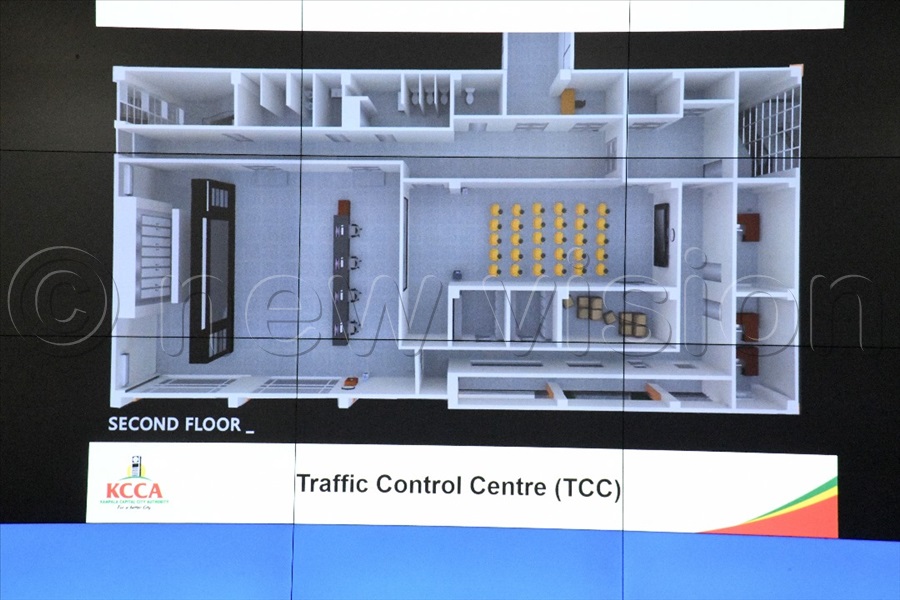
The facility, which is being constructed by the Kampala Capital City Authority (KCCA) with support from the Japan International Cooperation Agency (JICA), is part of a groundbreaking initiative to modernise the city’s traffic management system. (All Photos by Mpalanyi Ssentongo)
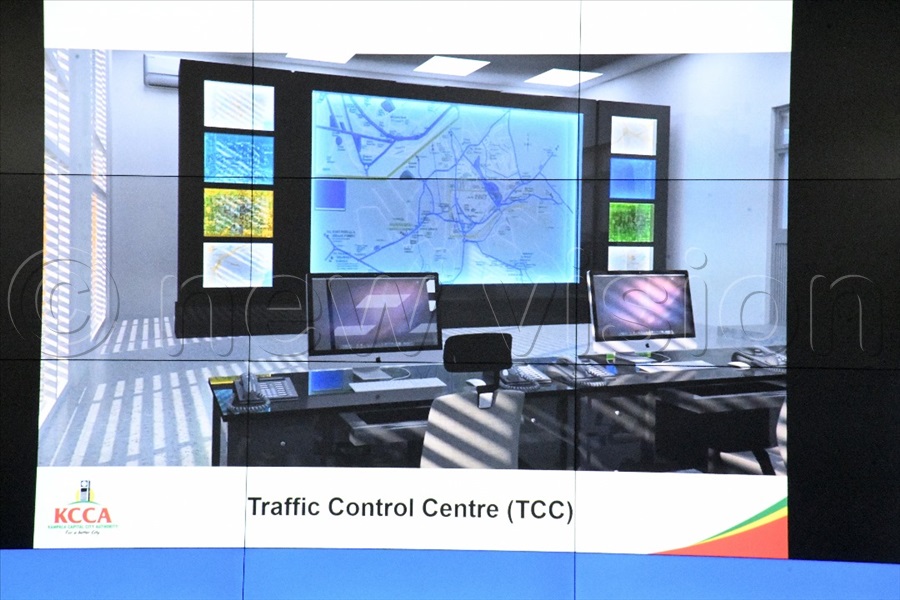
“This demonstrates that we have taken a giant leap in the right direction,” Kigenyi said. “We shall now reduce the human interactions—the traffic wardens and police officers who are often forced to be on these intersections in rain, in dust, and under the scorching sun.”
Kigenyi made the remarks during a guided tour of the project, which ended at City Hall on Friday. The event featured a presentation by Eng. Tetsuro Izawa, the project’s chief consultant, presided over by Japan’s Ambassador to Uganda, Sasayama Takuya and attended by several officials, include KCCA executive director Sharifah Buzeki.
He revealed that the state-of-the-art Traffic Control Centre (TCC) at city Hall, currently under construction, is expected to be fully operational by September. “We can assure you that we’ll be ready to demonstrate our support and collaboration with other government agencies, including the Uganda Police,” Kigenyi said.
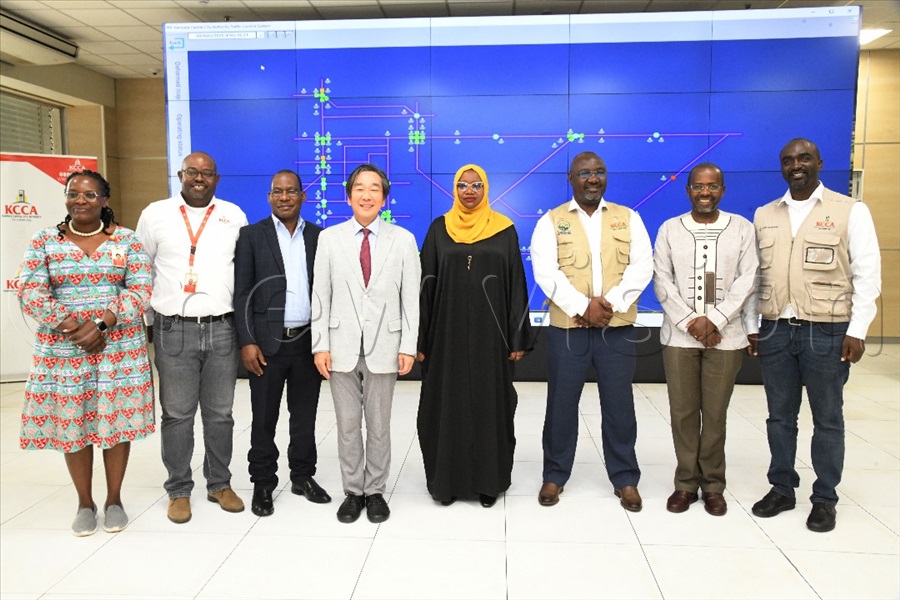
The Ambassador of Japan to Uganda H.E Takuya Sasayama, on Friday visited KCCA to review the progress of the Traffic Control Center Project, aimed at managing and monitoring Kampala city traffic more effectively.
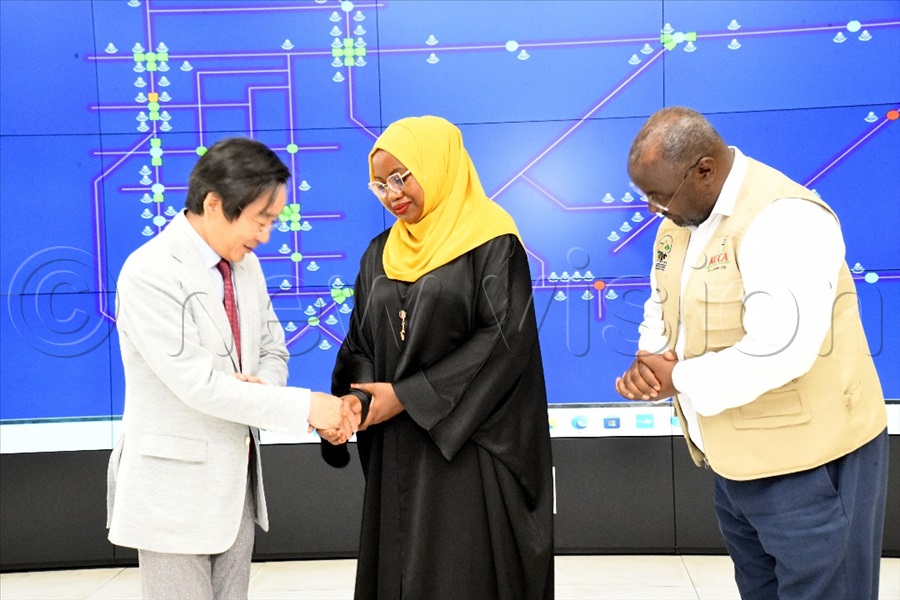
(L-R) Ambassador of Japan to Uganda H.E Takuya Sasayama, KCCA Executive Director, Sharifah Buzeki and her Deputy Benon Kigenyi during a guided tour of the project.
He expressed concern over vandalism of city infrastructure and pledged to take action. “We are concerned and will get involved to ensure that what is invested is preserved for posterity,” he said.
Kigenyi also commended the Government of Japan for its continued support. “We are a city that is fully appreciative of technology, and we thank you for the generous support you have continuously given to the people of Kampala and Ugandans in enhancing lives.”
The TCC will serve as a nerve centre for traffic management, equipped with advanced monitoring systems, smart signal control, and real-time data analytics. It will allow authorities to proactively respond to traffic incidents, adjust signal timings, and streamline both vehicular and pedestrian movement across the city.
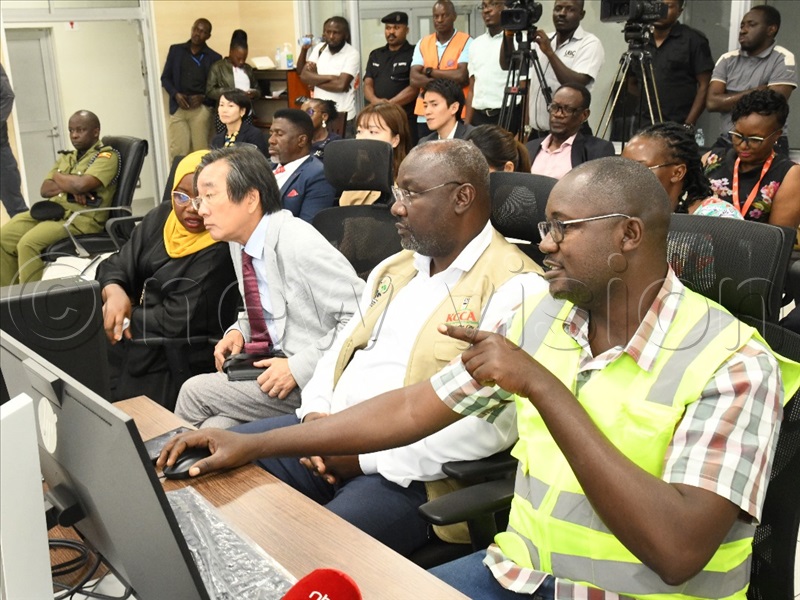
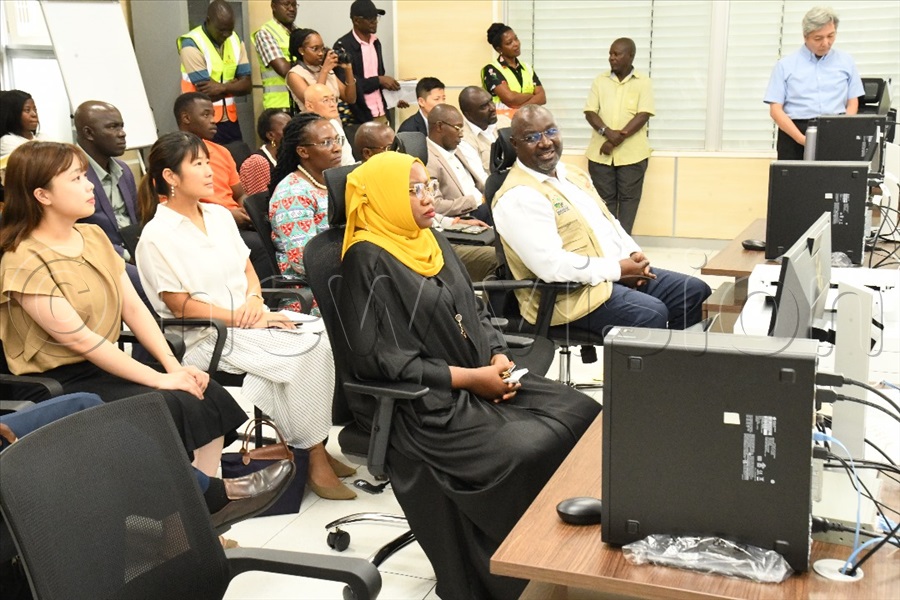
One of the centre’s primary goals is to improve traffic flow, especially during peak hours. By leveraging predictive analytics, KCCA aims to reduce congestion, enhance road safety, and minimise delays for commuters.
KCCA says the facility will also play a critical role in reducing road accidents, as it will enable swift detection of hazards and coordination of timely responses.
The 30-month project began on November 8, 2022, under the technical cooperation project titled “The Project for Capacity Enhancement of KCCA in Management of Traffic Flow in Kampala City.”
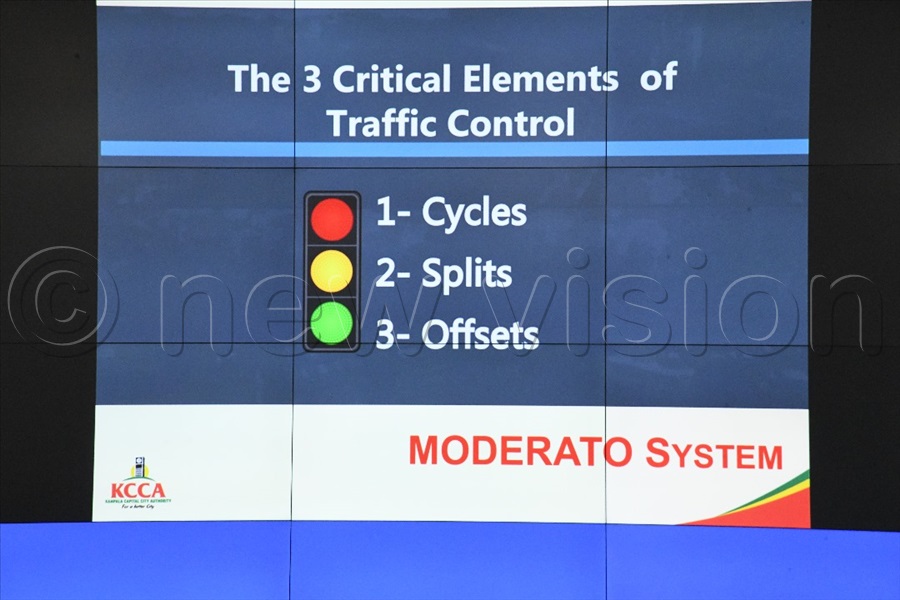
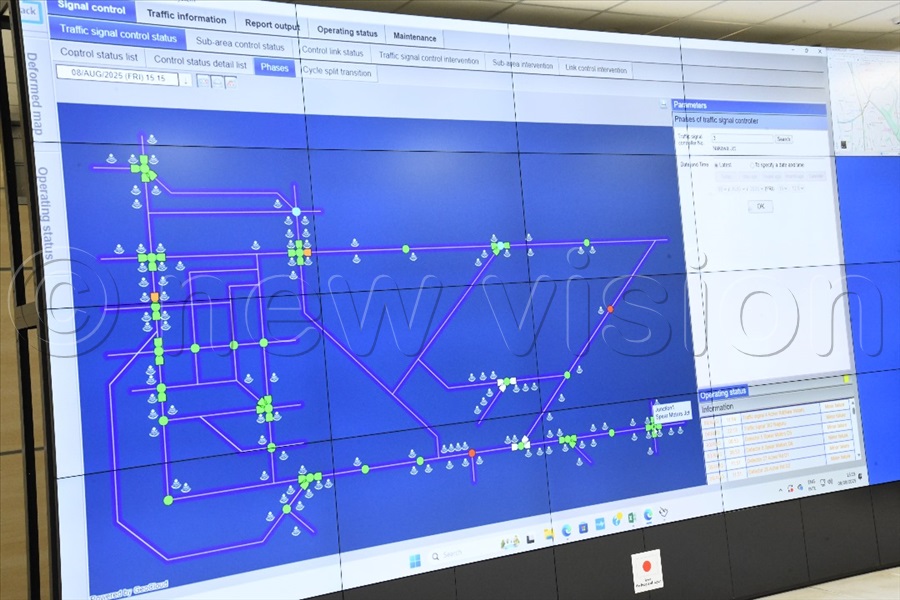
The initiative, which began in 2015, introduced Japan’s MODERATO traffic control system to Kampala.
Through the project, 59 junctions have so far been signalised and five major roundabouts removed to improve traffic flow. These include the Rwenzori Courts, Grand Imperial, Mulago, Mulago Mortuary, and Kubiri roundabouts.
Kigenyi praised the initiative for its impact on both infrastructure and public service.
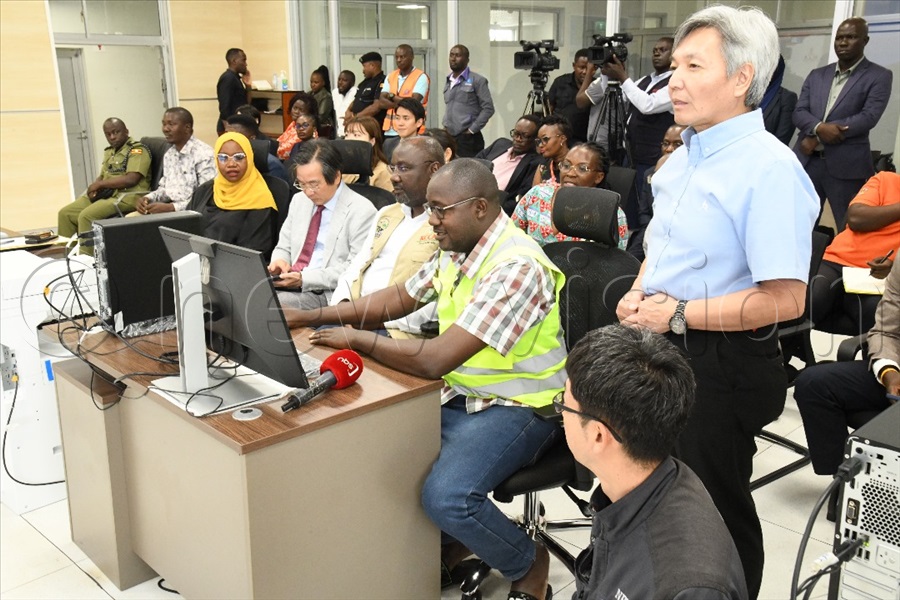
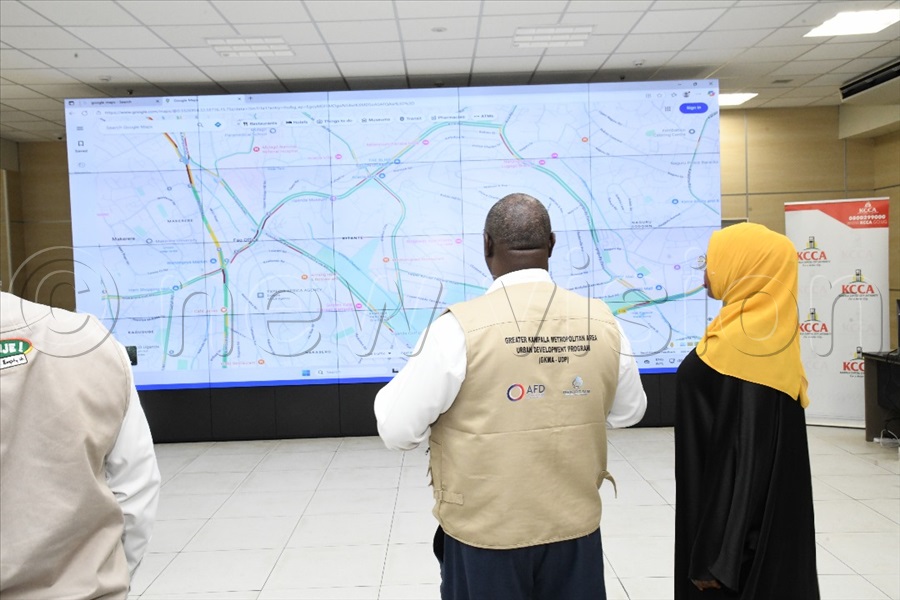
“This will enable those officers who have been beaten by rain, those officers who have been shouted at when motorists wanted to cross, to enjoy working in Kampala.”
He also appealed to city residents to embrace the system and adopt a culture of orderliness and patience.
“We call upon the residents of Kampala and Uganda to allow the system to take effect. Only then will we feel the full impact of this wonderful urban infrastructure given to us by the Japanese government,” he said.
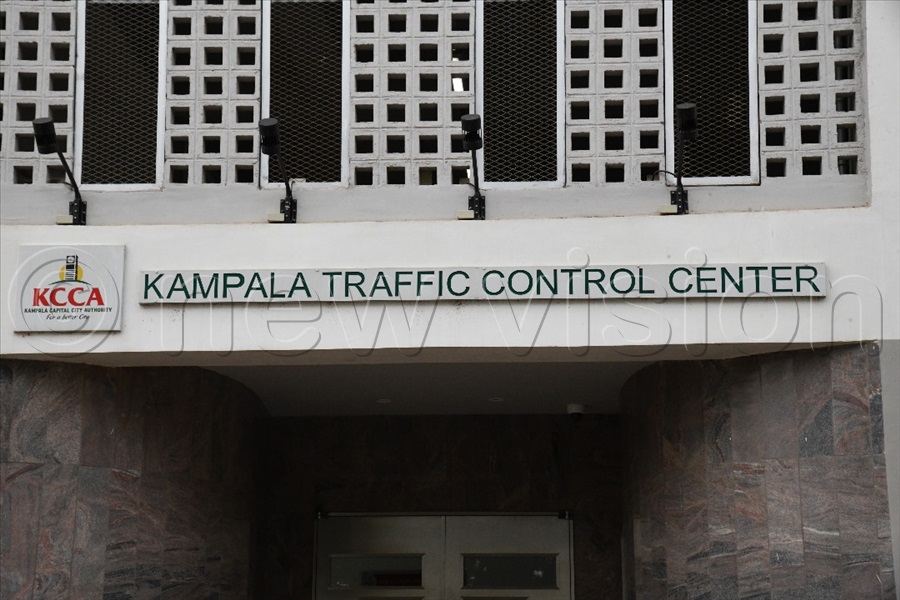

Looking ahead, Kigenyi emphasised the need to scale the project beyond the central business district to include the entire Greater Kampala Metropolitan Area.
“We need to expand the traffic control system to Wakiso, Mukono, Mpigi and other surrounding districts… and invest in mass transport, including rail, and how it connects with our roads,” he said.
He warned that without proper planning, Kampala’s congestion problems could spill over to neighbouring districts. “We’d love to see that people in neighbouring authorities, up to Kalagi, Seeta, Mukono, and Nsanji, are part of a system that breathes the same.”
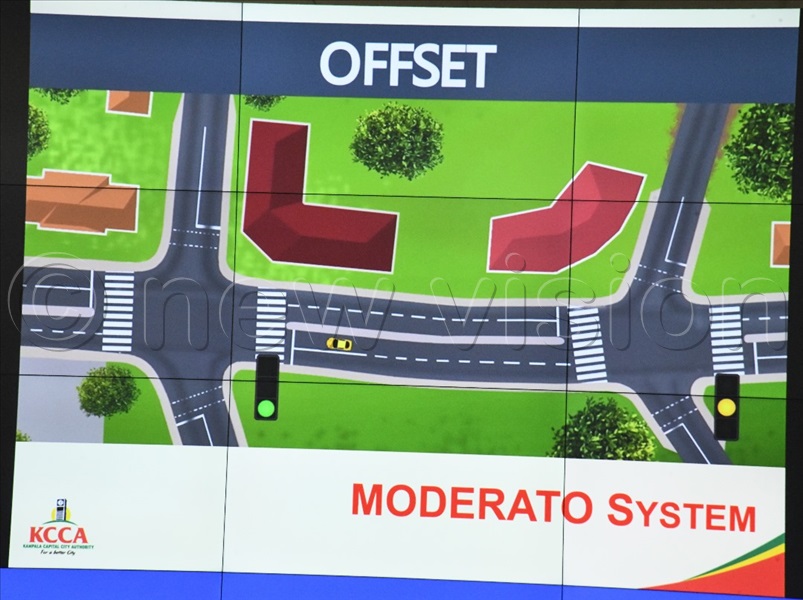
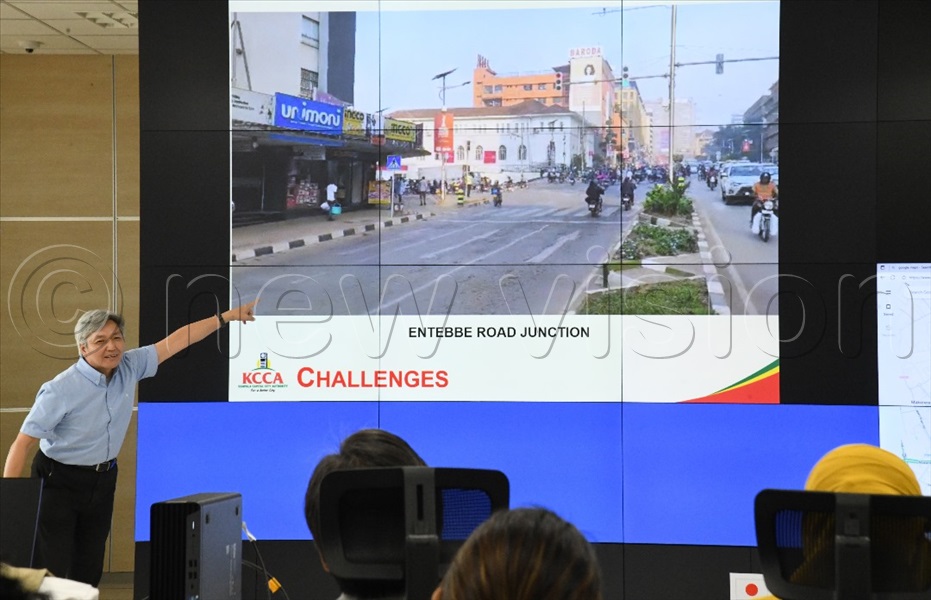
Traffic congestion remains one of Kampala’s most pressing challenges. According to a 2017 World Bank report, city residents spend an average of 240 hours per year in traffic jams—equivalent to a loss of about 4% of Uganda’s GDP.